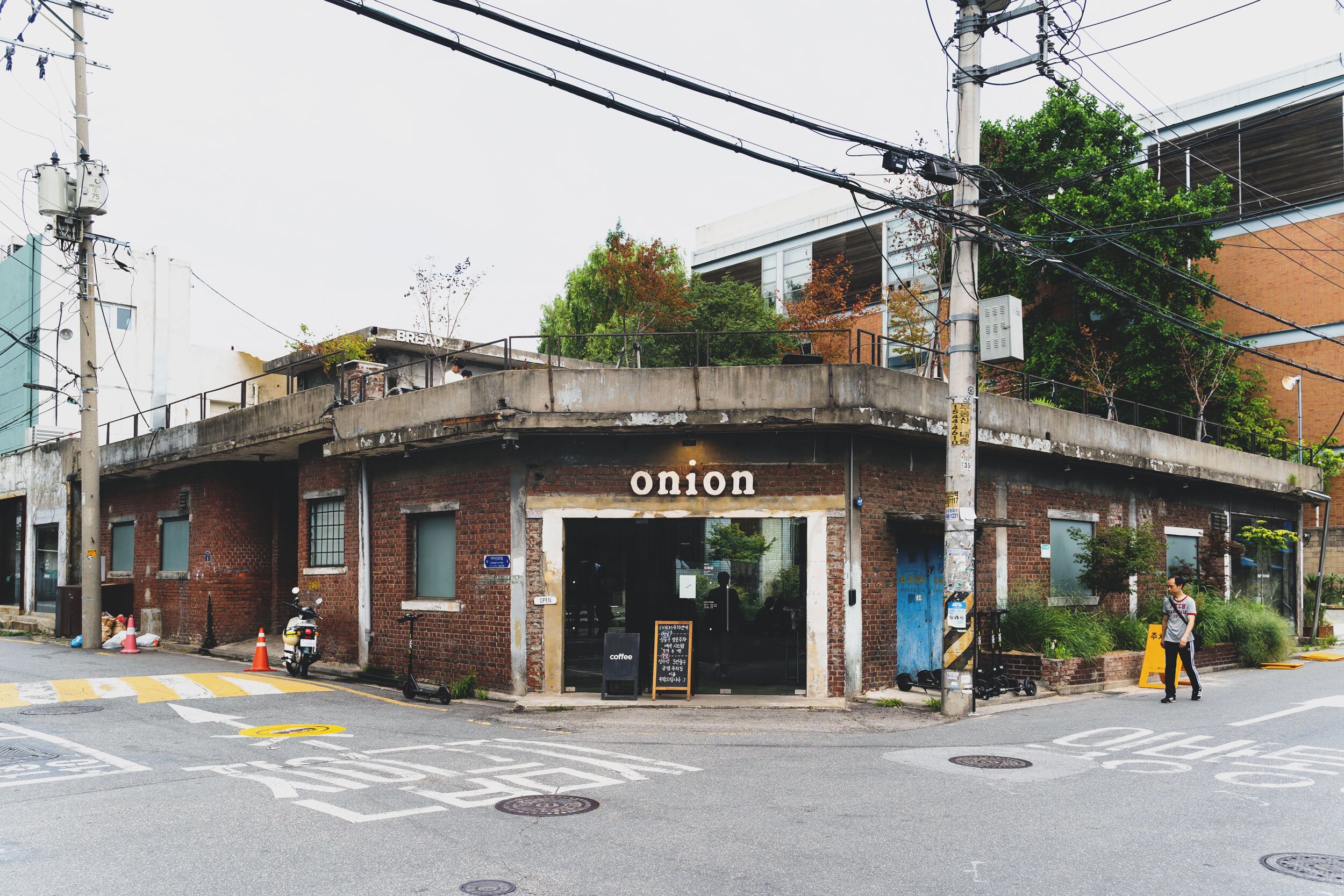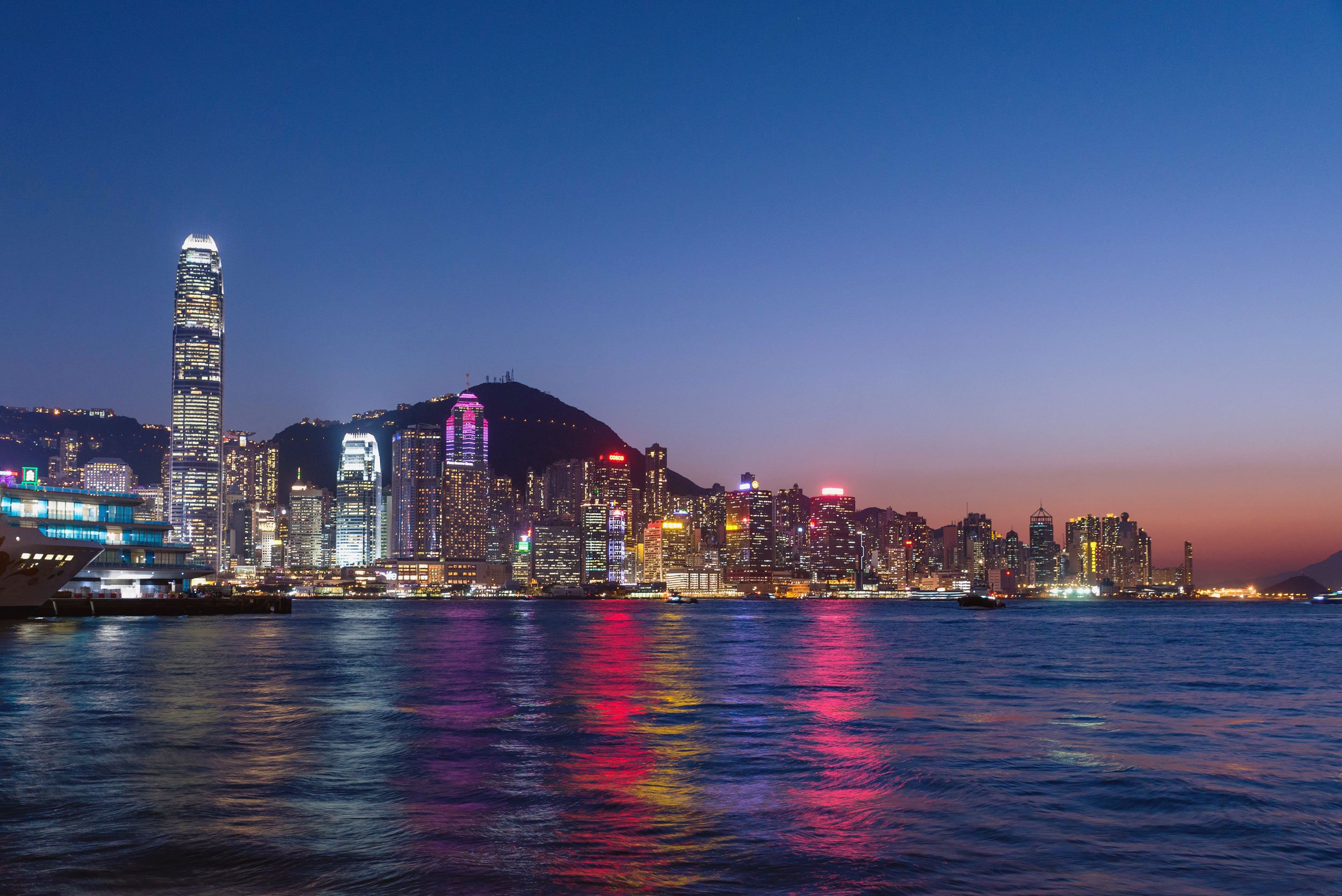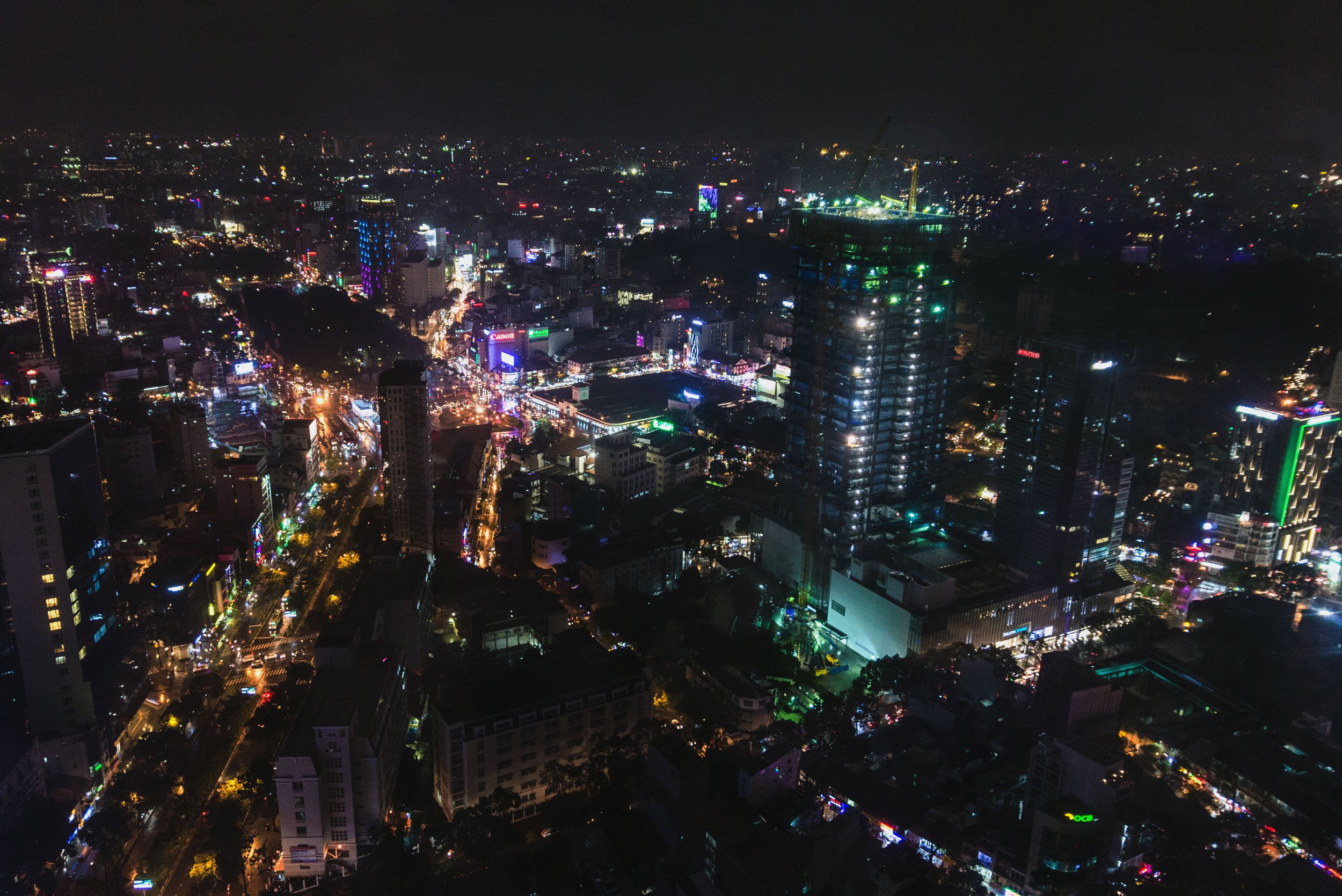Hannam, Seoul
As one of Seoul’s most desirable neighborhoods, Hannam is at Korea’s forefront of fashion and trends.
Mullae, Seoul
An up-and-coming area that combines factories and metalwork with art, ateliers and cafes.
Seongsu, Seoul
One of Seoul’s most trendy neighborhoods, nicknamed the “Brooklyn of Seoul”.
Seoul, Korea: The Food Tour
Seoul food and drink recommendations after visiting the city multiple times.
Seoul, Korea: A Second Trip
Returning to Seoul to explore new places and get to know the city a little better.
Suzhou, China
Dubbed the “Venice of the East,” Suzhou’s picturesque canals and alleys are a street photography dream.
Shanghai, China: Starbucks Reserve Roastery
A premier Starbucks experience at their third largest location in the world.
Shanghai, China
Traveling in Shanghai for a few days, an energetic city and one of China’s and Asia’s main hubs.
Bali: Nau Villas - An Immersive Ubud Stay
My review on Nau Villas - A relaxing Ubud getaway that seamlessly and luxuriously immerses you in the surrounding nature
Bali: Ubud
A visit to Ubud, with its beautiful scenery and genuine people, will be an amazing and unforgettable experience.
Ha Long Bay, Vietnam
It's easy to see why Ha Long Bay is a UNESCO World Heritage site and one of the most popular go-to spots in Vietnam.
Hanoi, Vietnam
A city with an authentic feel that beats expectations and leaves you wishing for more time there.



















